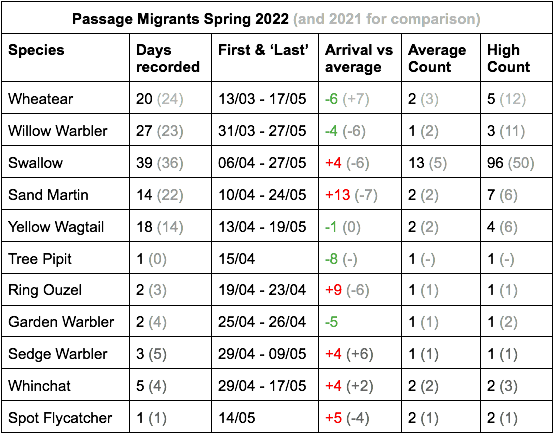Gear
I use a parabolic reflector with the supplied microphone (https://www.parabolicmicrophone.co.uk/) to collect sounds on to a Tascam DR-05 recorder. The parabolic reflector is just perched on my extension roof, with cling film wrapped around the microphone and linked to the Tascam by a wire through the window.
Method
The sound recordings are stored on the Tascam as WAV files up to four hours (2Gb) in length. These are transferred to a computer and analysed using Audacity, set-up to show the sonogram from 500 – 10,000 Hz. The procedure is then to tap through manually using 30sec at a time looking for traces that look like bird calls. Recognising these takes practice, particularly with the noisy urban background of Wanstead. Interesting sound traces are saved as short MP3 or WAV files and I usually run them through BirdNet (https://birdnet.cornell.edu/api/) to check my suspicions. Recordings of notable species are run by the international Noc Mig WhatsApp group for expert advice and approval followed by a local panel for their approval, and then I put each night’s recordings on to eBird with sonograms of the better species in case anyone wants to listen or comment.
I rarely record if it is forecast to rain or if it is going to be windy. I managed a total of 68 nights recording in 2022 which can be divided up into 19 between 27th February and 8th May as spring migration and 49 nights between 12th July and 4th November as autumn migration.
Highlights
Identifiable recordings were made of the following notable birds in 2022:
Green Sandpiper (13th Apr and 27th August)
Oystercatcher (15th Apr)
Little Ringed Plover (1st May)
Dunlin (1st May)
Redshank (15th July)
Whimbrel (27th July)
Northern Lapwing (27th July)
Common Sandpiper (31st July and 27th August)
Tree Pipit (8th August)
Ortolan Bunting (13th Sept)
Pink-footed Geese (16th Sept)
Barn Owl (30th Sept)
Golden Plover (8th Oct)
The flock of Pink-footed Geese was the first time this species has been identified in Wanstead, one lucky person heard them through an open window! There were many reports of Pink-footed Geese from the south of England at this time. The Barn Owl and Ortolan Bunting were only the second recent occurrences with both previous records being of birds seen. Redshank has not been seen on the patch by any local birder, although there a few reliable heard only records.
Regulars
Overall about 50 species were recorded overnight, although this is contentious as many of this total were early morning singing or calling birds.
Tawny Owl 32 night of records (NOR) mostly autumn
Redwing 29 NOR with 8 in spring last 28th April
Coot 21 NOR
Song Thrush 17 NOR as autumn migrants
Moorhen 8 NOR
Little Owl 7 NOR all autumn
Mallard 6 NOR although duck sp very regular as just wingbeats
Siskin and Meadow Pipit are worth a mention, one NOR each
In the spring the dawn cacophony, starting with Robin, can be deafening and drown out the chance of picking up an interesting trace. In autumn after June the dawn chorus is more muted, often Blackbird led, and the chances for detecting an early morning wader increase.
Late autumn is notable for the migration of thrushes, Redwing and Song Thrush are relatively easy to ID from their sonogram if they pass close by, but Blackbird can be tricky depending on the quality of the recording. The maximum number of Redwing reliably recorded was 249 overnight 18th to 19th October.








